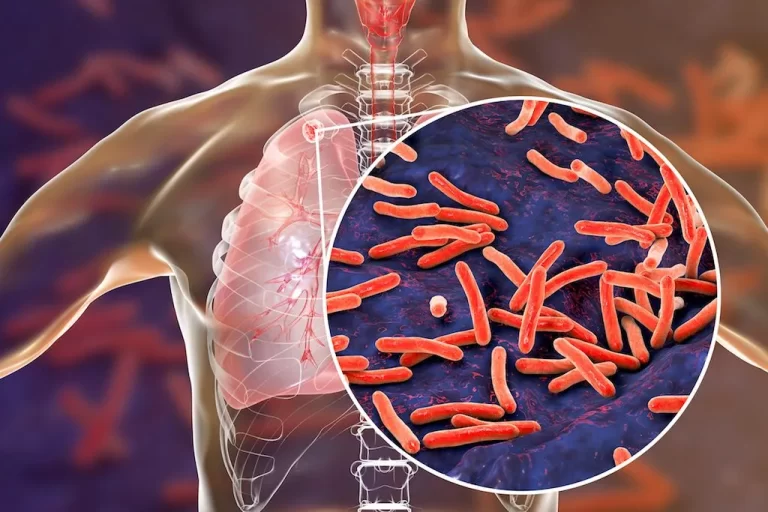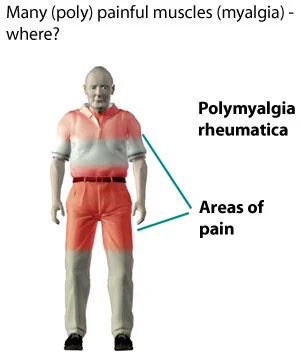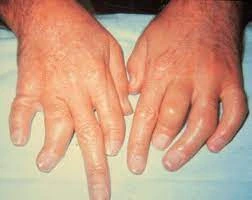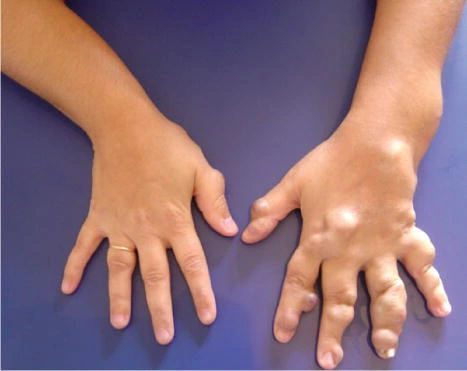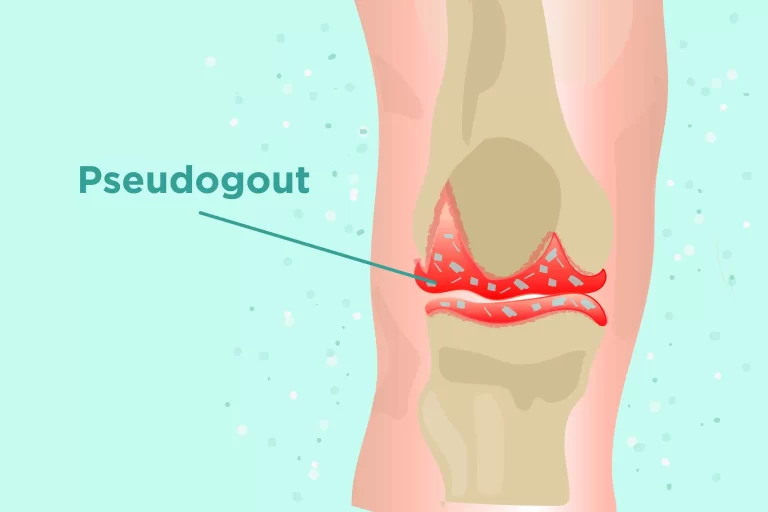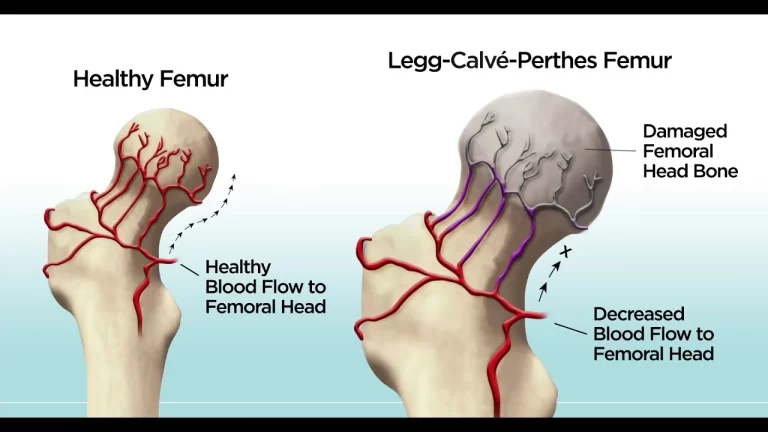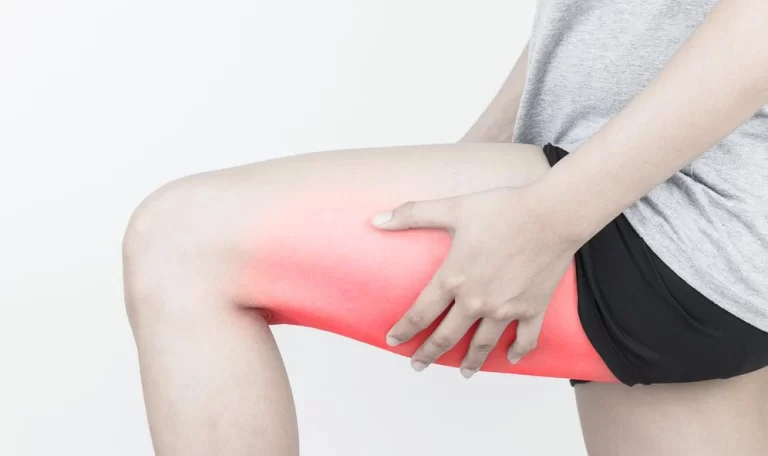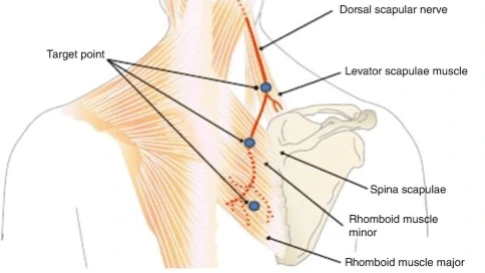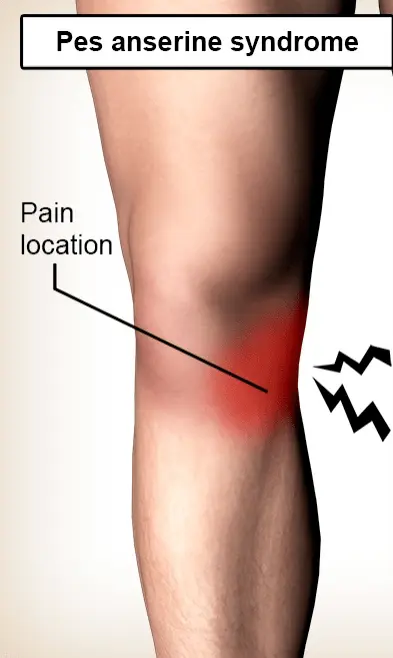Dizziness
What is Dizziness? Dizziness is a phrase used to express a range of sensations, like woozy, feeling faint, weak, or unsteady. Dizziness that makes the false sense that you or your surroundings are spinning or moving is known as vertigo. Dizziness is one of the more familiar causes for grown-ups to visit their doctors or…


